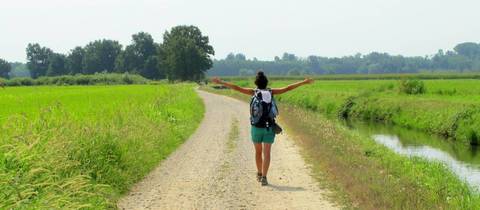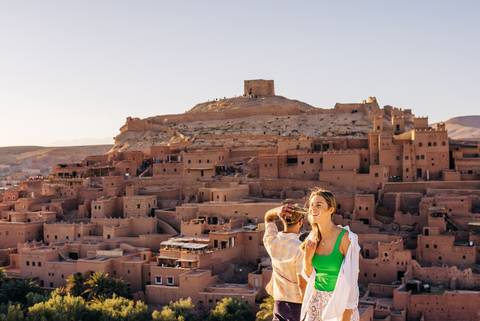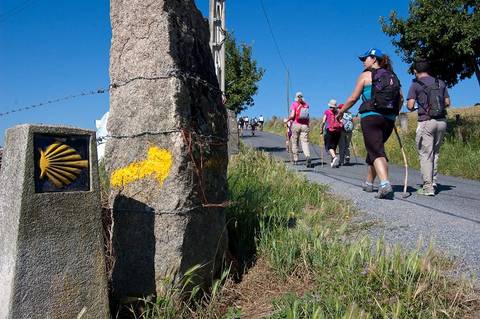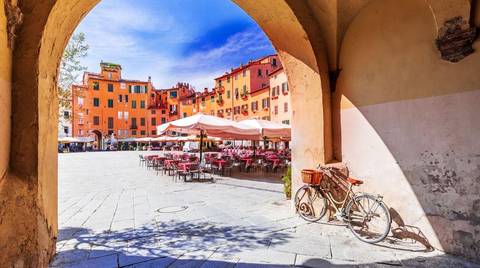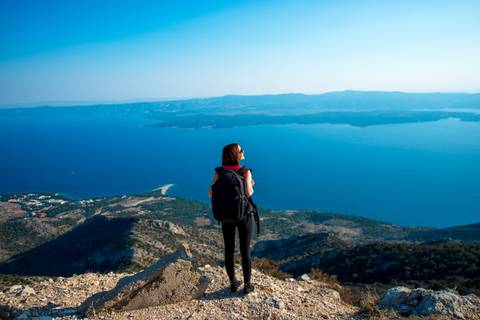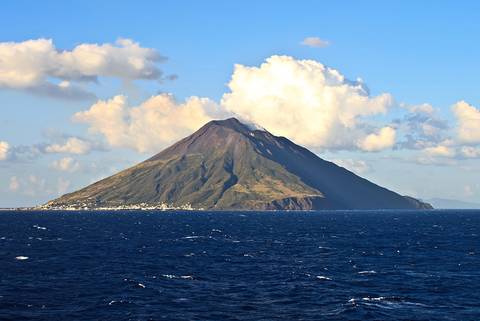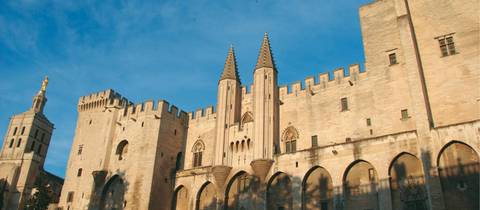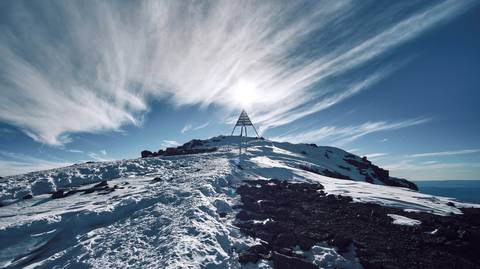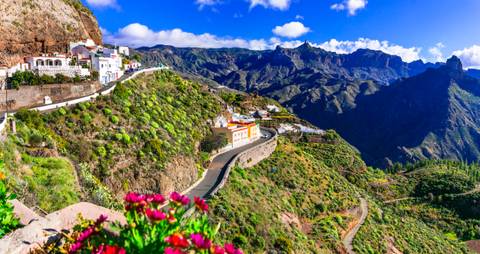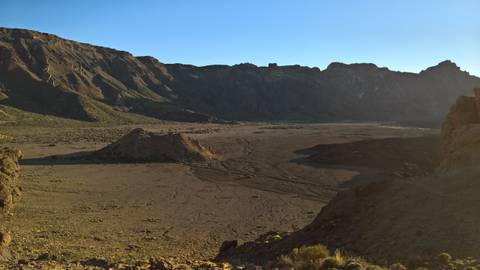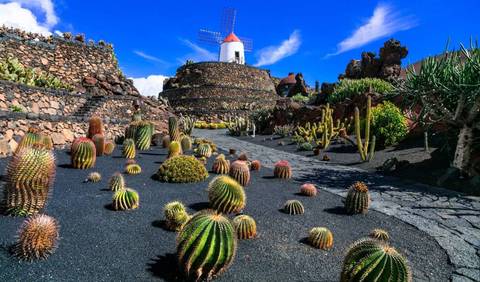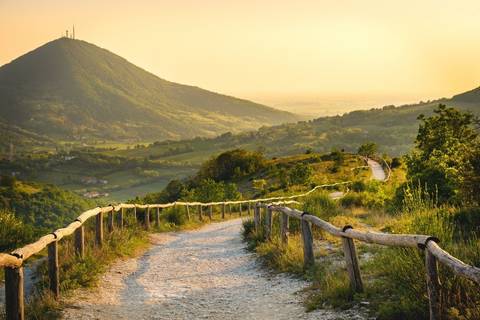Via Francigena: Ivrea to Pavia
4
Follow old trails through ancient hamlets and past impressive castles on the Francigena Way, the Italian Camino, between Ivrea and Pavia. From Canterbury in England to Rome in Italy, the 1900km "Francigena Way" dates back to the 11th century when pilgrims travelled across Europe on foot to visit the site of Martyrdom of St Peter and St Paul in Rome. With the modernisation of Europe and the shifting of borders the route became obsolete, until a recent revival of the pilgrimage making it one of the most exciting pilgrimage trails in Europe today. This section travels through the plains of Piedmont. From March to May the rice fields are flooded and treat you to a wonderful view of the "chequered sea". At other times of the year you will spot herons and egrets. The trail continues into the Lombardy region before ending in Pavia. Here you can enjoy the artistic wealth of Pavia's old town, while reveling in the vivacity of the student quarters.
